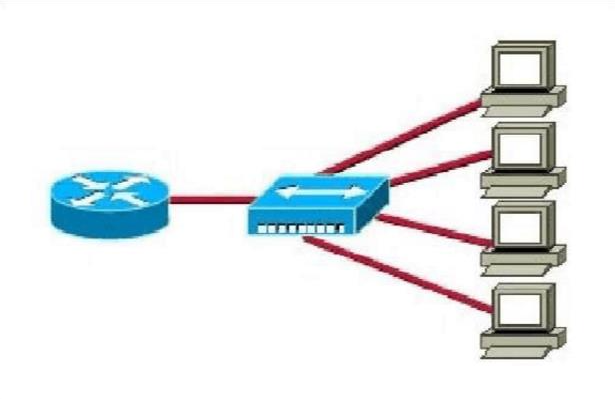June 28, 2021
2188
According to data from Crehan Research, 100Gbps and 25Gbps Ethernet speeds have increased by 40% year-on-year, accounting for 24% of total high-speed network card revenue in 2020. The following are the reasons that push companies to upgrade their connections to 100gbps. The first answer is that IT infrastructure is moving in a faster, smaller, and more cost-effective direction. But in addition, there are four specific factors that are driving companies to develop higher data rates.

1. Compute-intensive workloads are growing
High-performance computing and interactive applications that are sensitive to throughput, latency, and jitter (such as telemedicine and high-frequency transactions) always require the highest possible speed, so they benefit a lot from 100Gbps. Organizations that provide these applications as services are early adopters, and as these workloads become more common, the demand for 100Gbps has also grown.
2. Increasing network load
In the past few years, the widespread adoption of mobile devices and various online services has increased the number and duration of connections, and the amount of data transferred through them. The outbreak of COVID-19 has increased the use of e-commerce and online services, and an unprecedented number of knowledge workers have turned to remote work. Many companies have announced that they will switch to permanent remote work for some or all of their employees. These all mean more network traffic.
This sudden and perhaps permanent change has two effects. It promotes the adoption of 100Gbps. The first is simple communication volume-as more companies and employees rely on digital workloads, the volume of communication has increased significantly than expected. Another implication is that most traffic (such as video) is very sensitive to delay and jitter. Moving traffic quickly can increase overall throughput, thereby eliminating bottlenecks.
3. Artificial intelligence transformation
The application of artificial intelligence technology has reached a certain level, and it is being integrated into every major type of business operation technology, including marketing, human resources, sales, e-commerce, manufacturing, customer retention, IT operations, etc. The impact of this increasingly widespread adoption on the network is mainly reflected in two aspects, namely throughput and delay.
4. Maturity and cost reduction
With the increase in demand for the other three factors, network infrastructure technology (and corresponding security and network monitoring tools) has steadily matured, and the cost of basic components has fallen. There is now a strong hardware supply to meet the demand for higher speeds.
Manage the upgrade process
Upgrading the data center to 100Gbps involves more than just replacing the infrastructure. The following are the key considerations when enterprises plan to upgrade to 100Gbps.
Can our tools keep up?
When enterprises upgrade their core network to 100Gbps, they must simultaneously update their network security and performance management tools. The best practice is to upgrade these components as early as possible in the process of moving to 100gbps, so that security protection can be maintained, and the IT department can monitor the network and troubleshoot any failures. At the very least, the monitoring structure must be upgraded before or along with the core network and provide a bridge for tools with lower ingested data rates. This allows them to compare the parameters before and after the key upgrade. At higher data rates, security solutions like network detection and response are even more critical.
How to build a bridge between the high-speed and low-speed network parts?
Complicated corporate networks are difficult to upgrade all at once. Part of the upgrade may require the use of Network Packet Broker (NPB) to build a bridge between the old and new parts of the network operating at different data rates. NPB can also be used to match the intake limits of safety and monitoring tools to extend their lifespan.
How do we maintain network visibility at the upgraded speed?
Real-time observation of non-destructive monitoring and indicators, processing and routing is a technical challenge for data packets passing through the monitoring structure every 6.7 nanoseconds. Companies must carefully evaluate future monitoring solutions to ensure that data packets can be obtained reliably, and to observe the key performance indicators of the solution corresponding to the service and use case. For example, if the application cannot tolerate delays of more than 5 milliseconds, then the monitoring solution must observe the delay with a resolution of at least milliseconds.
In conclude
The standardization of 100Gbps data rate has already begun and will be realized in the next few years. Every business is using this data rate, or is planning to use it. As with all generational changes and upgrades, carefully plan to ensure that the monitoring structure is an integral part of the plan, and put the monitoring in place as early as possible to ensure a smooth and safe transition to the new data rate.